ATCvet code QM01AG90 (WHO) PubChem CID 38081 UNII 356IB1O400 | CAS Number 38677-85-9 ChemSpider 34911 Molar mass 296.24 g/mol | |
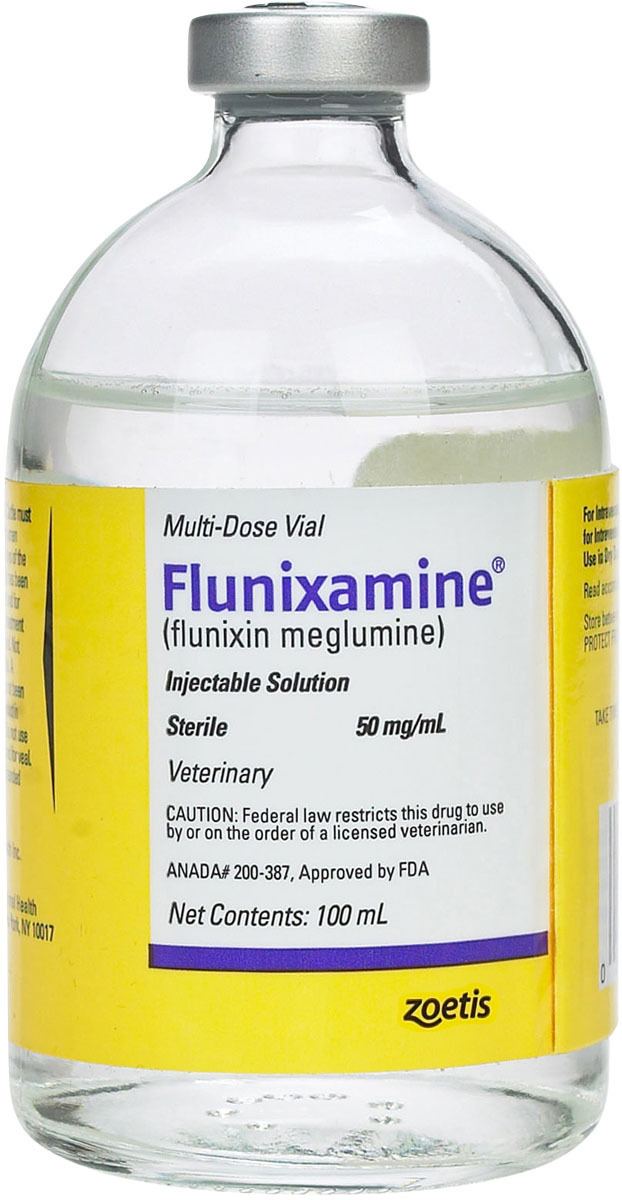 | ||
AHFS/Drugs.com International Drug Names | ||
draxxin and flunixin fulminant effect
Flunixin is a non-steroidal anti-inflammatory drug (NSAID), analgesic, and antipyretic used in horses, cattle and pigs. It is often formulated as the meglumine salt. In the United States, it is regulated by the U.S. Food and Drug Administration (FDA), and may only be lawfully distributed by order of a licensed veterinarian. There are many trade names for the product.
Contents
- draxxin and flunixin fulminant effect
- Dosage and uses in horses
- Side effects and precautions
- Administration
- References
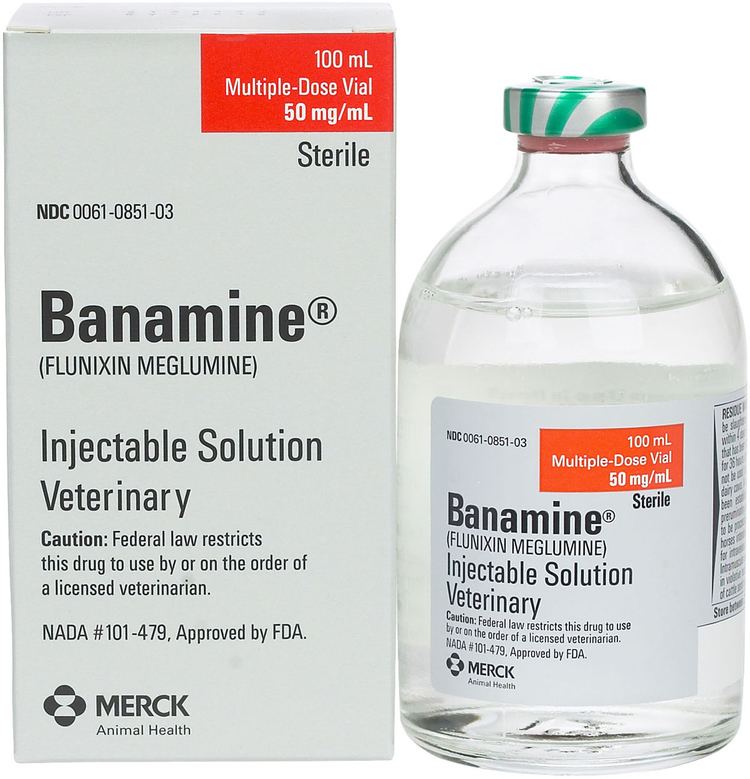
Dosage and uses in horses
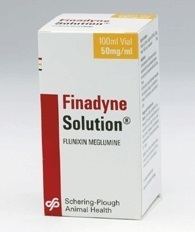
Flunixin is administered at a dose of 1.1 mg/kg. The full analgesic and antipyretic effects usually occur 1–2 hours following treatment, but there is often an effective analgesic effect within approximately 15 minutes. Despite its short plasma half life of 1.6-2.5 hours, effects can persist for up to 30 hours, with maximal effects occurring between 2 and 16 hours. This is likely due to accumulation of the drug at inflammatory foci. Flunixin is primarily eliminated by the kidneys.
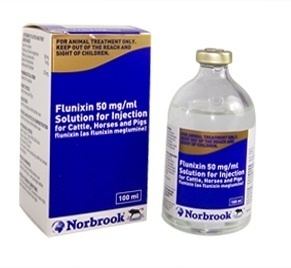
Because it targets the inflamed tissue, flunixin is mainly used for colic pain, musculoskeletal pain, and ocular pain. It is also used as an antipyretic and to reduce the effects of endotoxemia.
Side effects and precautions
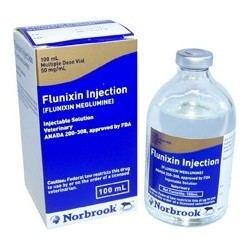
Flunixin is labeled for no more than 5 days of consecutive use and prolonged use increases the risk of toxicity. In horses, this includes gastric ulcers, right dorsal colitis, and nephrotoxicity.
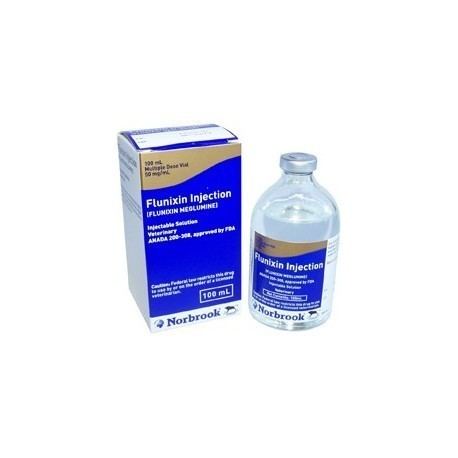
Flunixin is a prohibited substance under International Federation for Equestrian Sports rules, and its use is prohibited or restricted by many other equestrian organizations. At labeled dose (1.1 mg/kg) given IV, detection time was found to be 144 hours. However, drug recycling from bedding contamination by treated horses has been shown to potentially increase the clearance time.
Administration
Flunixin may be given orally as a paste or as granules in feed. It can also be used intramuscularly (IM) or intravenously (IV). However, it is very irritating to tissue and IM administration has been associated with myonecrosis in horses, so IV administration is preferred.
Administration of phenylbutazone to a horse also receiving flunixin has been shown to increase the risk of toxicity without improving analgesia. For this reason, concurrent administration with another NSAID is not recommended. Doubling the dose of flunixin produces no improvement in analgesia, while potentially increasing the risk of toxicity.
In cattle, the only labeled route for flunixin administration is intravenous.
